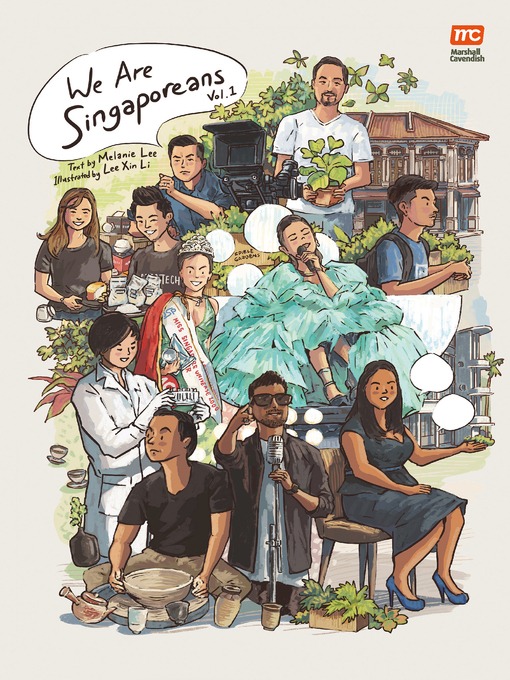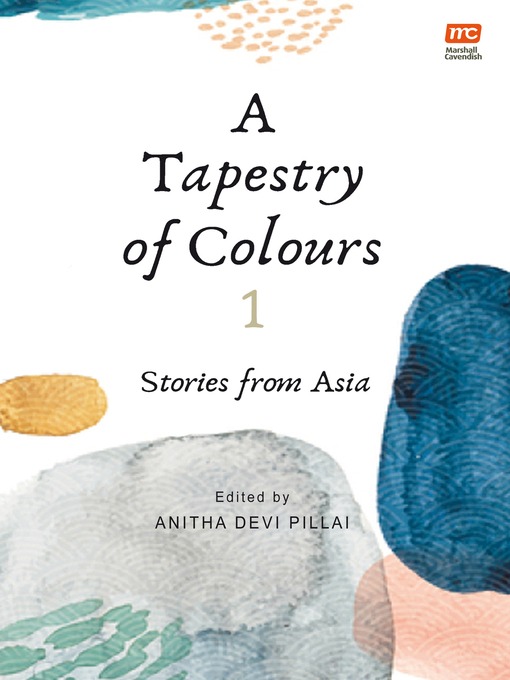Get To Know: Singapore’s Multilingualism
Teens
LearnX Reading
By: Goh Zen Xiang Brandon, Nur Zakiyah Zakariah, Song Haiyan, Shawn Seah Wei Xun (National Institute Of Education, Group Endeavours In Service Learning Group (Sec/JC 2022))
-
About Our Local Languages
You may download the complete package as a PDF here.
Malay language
The Malay language has been the lingua franca of maritime Southeast Asia for centuries. Traders and travellers had to learn Malay in order to communicate with the local population. The history of the Malay language can be divided into three periods: Old Malay (6th-15th century), Classical Malay (Jawi scripts) and Modern Malay.
Around the 15th to mid-19th century, the region was under Islamic rule and thus Malay language evolved around Arabic and Persian culture. The Jawi script is based on Arabic alphabets with five additional letters representing the Malay phonemes. By the 19th century, Malay had absorbed and loaned words from many other languages, due to colonisation and migration.
Kader, S. (2021, August 30). History of Malay language: The 3 revolutionary phases. Ling. https://ling-app.com/ms/history-of-malay-language/
Chinese language
The earliest examples of Chinese language are divinatory inscriptions on oracle bones from the Shang dynasty. In the 1930s, a standard Chinese language, Mandarin, was adopted. The entire Chinese character corpus comprises well over 50,000 characters.
The Chinese orthography centres on Chinese characters, which are traditionally arranged in vertical columns, read from top to bottom down a column, and right to left across columns. With the growing importance and influence of Mandarin, it has been gaining popularity in schools throughout East Asia, Southeast Asia, and the Western world.
Chinese language (2024, May 4). In Wikipedia.
Tamil language
Tamils in Singapore have settled in the country through continuous waves of migration over a period of 200 years. As early migrants became settlers, language became useful tools that fostered social integration amongst the diverse groups of Tamils.
Tamil language education was provided as early as 1834 in Singapore, and Anglo-Tamil schools were established in 1873. It is evident that the roots of most present-day Tamil culture, customs, religious ideologies, and affiliations in Singapore can be traced to the 19th century and that they have continued to evolve over the centuries.
Indian Heritage Centre. (n.d.). From the Coromandel Coast to the straits: Revisiting our tamil heritage. ROOTS. https://www.roots.gov.sg/stories-landing/stories/From-the-Coromandel-Coast-to-the-Straits
Robert Greg Shand Architects. (n.d.). Indian Heritage Museum [Photograph]. Greg Shand Architects. https://greg-shand-architects.com/project-indian-heritage-museum-singapore/.
-
Book Recommendations
1. Seventeen
Author: Colin Cheong
Publisher: Marshall Cavendish Editions, 2021
Call No.: Y SING CHE
Running away from his family and second-language problems, Richard Young With-No-Chinese-Name finds refuge in his college darkroom and his friends. Seventeen looks like a great age to be forever. That is, until a mysterious Chinese flute player enters his life, and slowly—and tragically—Richard’s life begins to unravel.
Adapted from: www.marshallcavendish.com
2. We are Singaporeans, Volume 1
Author: Melanie Lee
Publisher: Marshall Cavendish Editions, 2021
Call No.: SING 306.095957 LEE
Choosing to do unconventional work is hard work, especially in a society that values sticking to the norms. In this book, meet ten people who have gone against the grain with their career paths to achieve success in their respective fields.
Adapted from: www.marshallcavendish.com
3. A Tapestry of Colours 1: Stories from Asia
Editor: Anitha Devi Pillai
Publisher: Marshall Cavendish Editions, 2021
Call No.: Y SING TAP
This specially curated anthology of short stories from Asia explores the human spirit and lives of the common man separated by time, space, and culture, and yet united in the human spirit to overcome the difficulties that they face in life.
Adapted from: www.marshallcavendish.com
-
Activity Time!

Find your way out of our virtual escape room and learn about Peranakan culture along the way!


